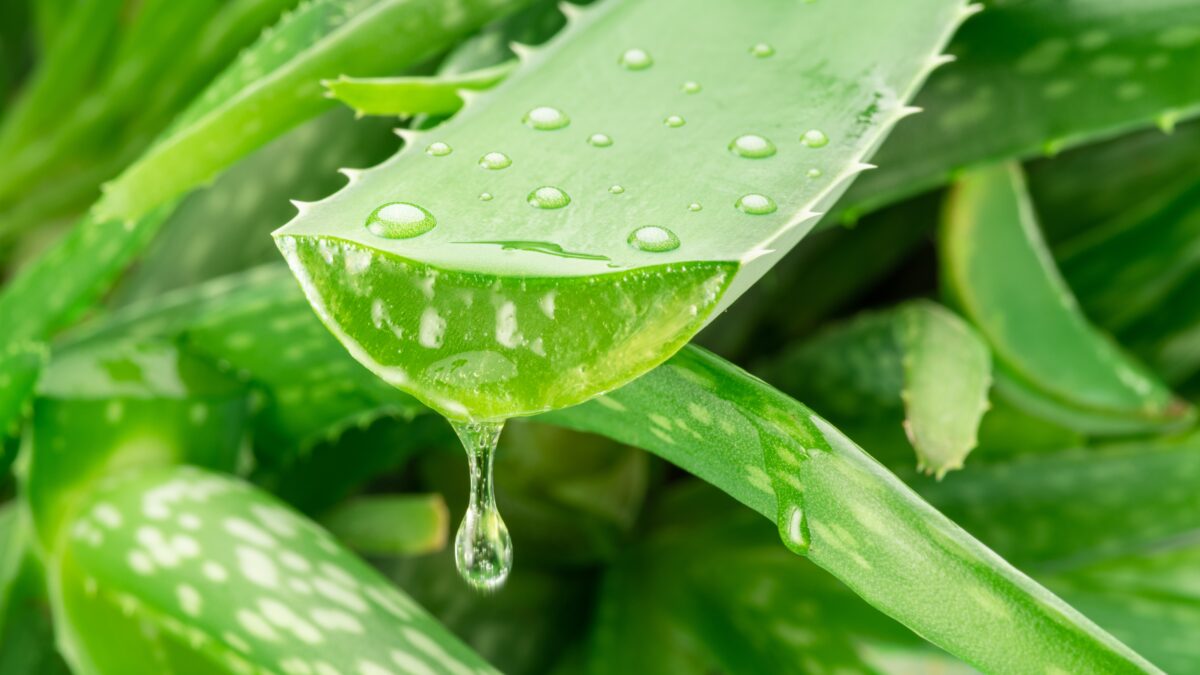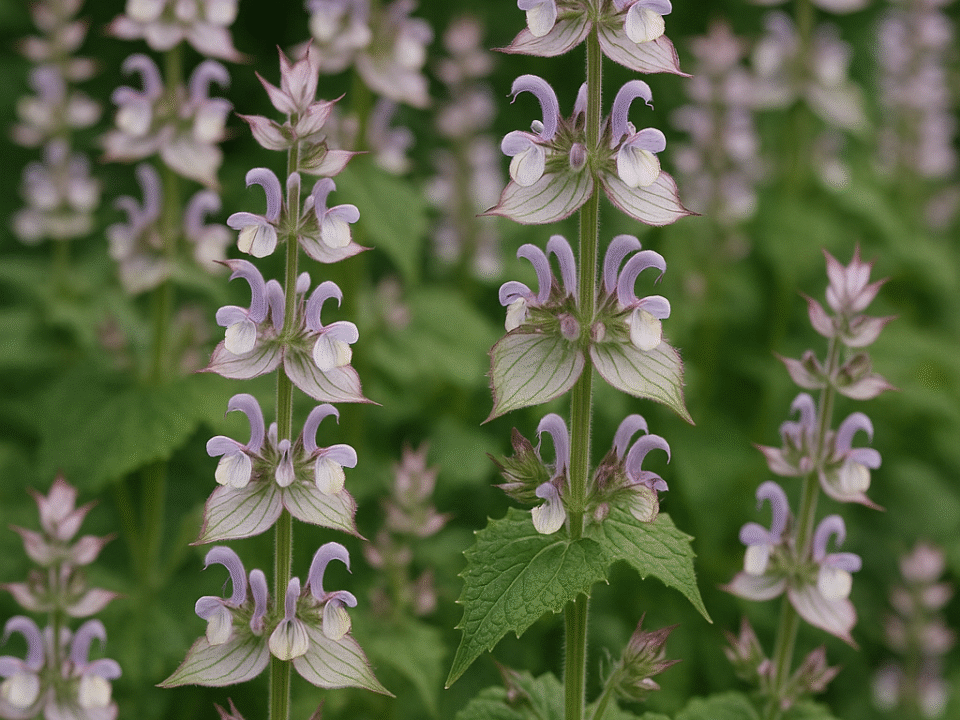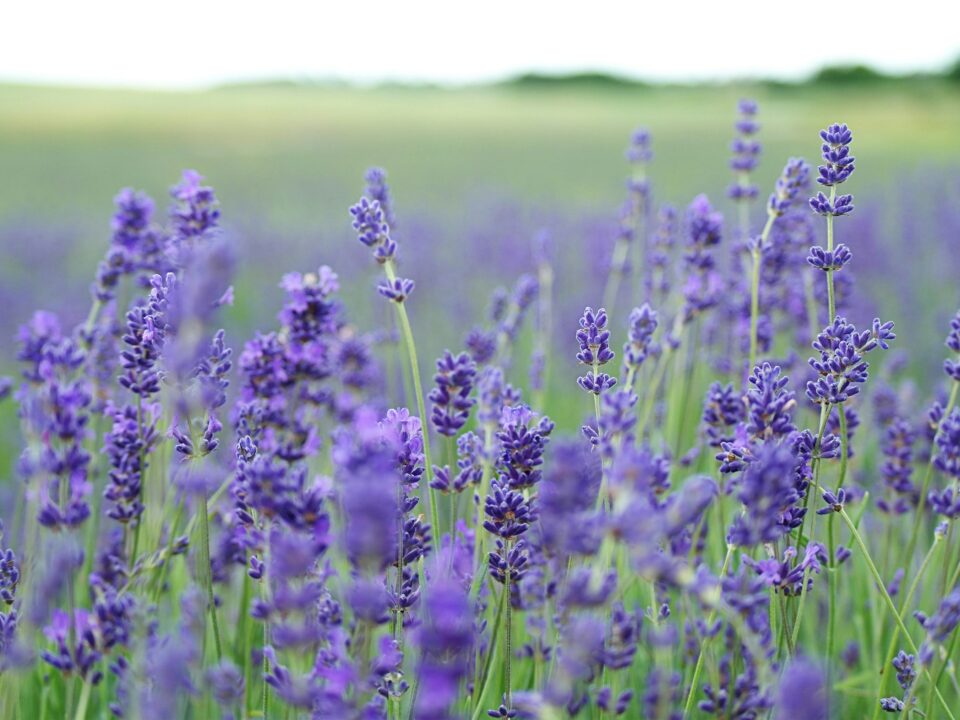
Aloe vera, a succulent plant species from the Aloe genus, has long been celebrated for its soothing and hydrating properties. Though native to the southeastern Arabian Peninsula, particularly the Hajar Mountains of northeastern Oman and eastern United Arab Emirates, aloe vera has found its way across the globe. Over time, it has become naturalized in regions such as North Africa, Sudan, the Canary Islands, Cape Verde, and Madeira. Its presence extends to parts of southern Europe, including Portugal’s Algarve region and Spain’s Murcia area. The species was introduced to China and southern Europe as early as the 17th century and now thrives in arid, temperate, and tropical regions worldwide, largely due to extensive cultivation.
While its origins are rooted in specific geographic regions, the widespread cultivation and naturalization of aloe vera underscore its universal appeal, particularly in the field of dermatology. This humble plant has become a staple in skincare routines, thanks to its multi-faceted benefits for skin health.
The leaves of the aloe vera plant are composed of three distinct layers. The innermost layer, known as the mucilage or inner gel, is made up of 99.5% water, contributing to its cooling and hydrating properties. Surrounding this is the middle latex layer, which contains compounds like aloin that can have laxative effects when ingested but are less relevant in topical applications. The outermost layer, or rind, protects the plant and holds together the inner components.
Aloe vera is typically found in various forms, including powders, liquids, and gels. These forms are incorporated into a wide array of skincare products such as creams, moisturizers, gels, and facial masks, making it an accessible and versatile ingredient for both everyday use and targeted skin treatments.
Aloe vera’s most well-known attribute is its ability to soothe irritated or itchy skin. Whether caused by sunburn, windburn, or general dryness, aloe vera’s cooling effect offers immediate relief. Its phytosterols help calm inflammation and reduce itchiness while also preventing transepidermal water loss (TEWL)—a process where the skin loses moisture, leading to dehydration and irritation. By forming a protective barrier over the skin, aloe vera helps lock in moisture, which is particularly beneficial for healing minor burns or soothing skin after exposure to harsh environmental elements.
In addition to its soothing qualities, aloe vera plays a role in skin regeneration. Studies have shown that when applied topically, aloe vera can aid in the repair of damaged skin, promoting faster recovery from minor abrasions and burns. The plant’s polysaccharides contribute to both its hydrating and anti-inflammatory properties, reinforcing its reputation as a natural skin remedy.
While aloe vera is not a primary treatment for chronic skin conditions like eczema or psoriasis, it does offer some moisturizing benefits. Its high water content provides light hydration, making dry skin appear more supple and easier to manage. Although it may not replace more intensive treatments for severe skin dryness, aloe vera can complement other moisturizing products in a skincare routine.
Interestingly, aloe vera also contains salicylic acid, a well-known ingredient in acne treatments. This makes it a potential ally in managing mild breakouts, as it can help reduce inflammation and clear pores. However, its effects on acne are generally mild, and it is best used as a supplementary treatment rather than a primary solution.
Despite its many benefits, aloe vera is not without its risks. As with any skincare ingredient, there is the potential for allergic reactions. Some individuals may experience itching, slight burning, rashes, or hives after applying aloe vera. For this reason, it is recommended to perform a patch test before using aloe vera products extensively. If any signs of irritation occur, the product should be discontinued immediately to prevent further skin sensitivity.
Aloe vera’s rich history and wide distribution across the globe reflect its enduring appeal as a natural remedy for skin care. Its ability to soothe irritation, hydrate the skin, and promote healing has made it a trusted ingredient in many dermatological products. While it offers numerous benefits, from treating sunburns to providing light moisturization and aiding in skin repair, it is important to approach aloe vera with the same caution as any skincare product, particularly for those with sensitive skin. When used appropriately, aloe vera can be a powerful addition to any skincare routine, harnessing the natural healing power of this remarkable plant.



